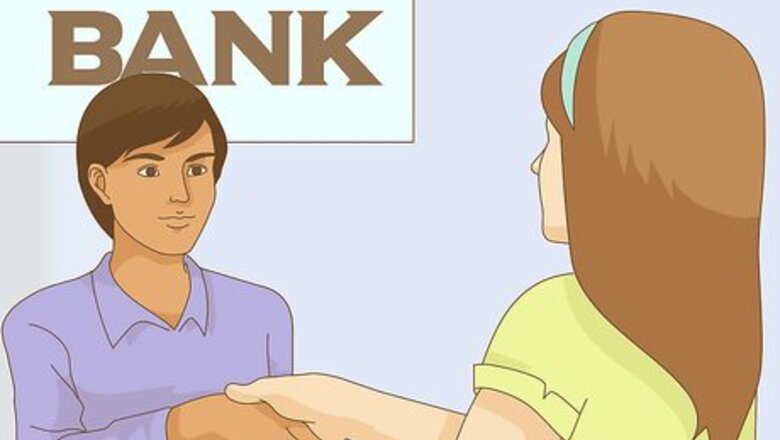
views
Converting or Replacing a Secured Card
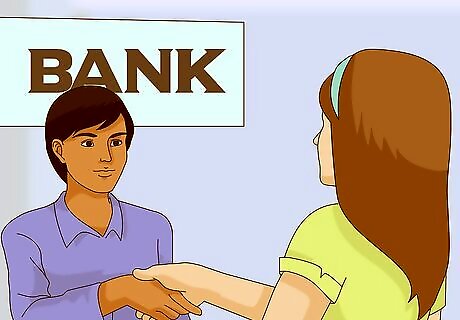
Maintain your current financial relationship. You’re more likely to get an unsecured credit card from a company that already knows all about your credit history and has done business with you in the past. Assuming you have a good working relationship with the company or financial institution that issued you your secured credit card, you should apply for your unsecured credit card with them, as well.
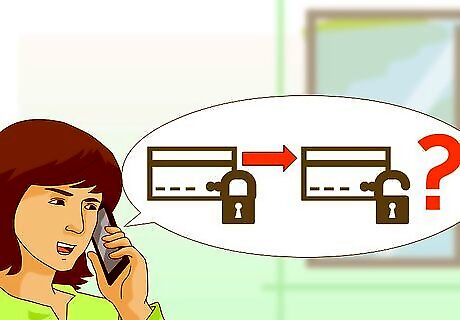
Ask your financial institution if it is possible to convert your card. Call your financial institution, or go in person, to inquire about the process of converting your card from secured to unsecured. Depending on the institution’s rules, you might need to fill out some paperwork, so going in person might be the best option. If you find it is not possible to convert your card to an unsecured card, you will have to replace your secured card with a new unsecured card. Talk to your existing card issuer about your doing so. Request that your card number remain the same if you convert your card. If your card number remains the same when you convert your secured card into an unsecured card, you’ll be able to smoothly transfer recurring payments onto your new unsecured card, and won’t have to suffer the dip in your credit score that you would when canceling the secured card, or opening a new card.
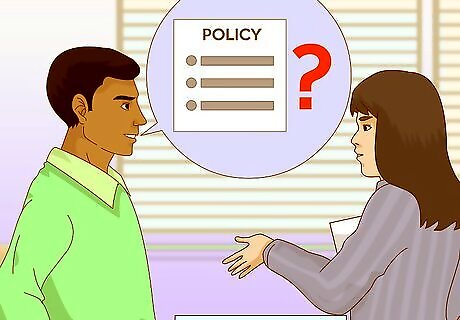
Understand your lender’s policies. You might need to talk to your credit card company directly, or the institution where you want to obtain the unsecured card. Know your lender's policies. Different lenders have different rules for their lines of credit. Just as you did when opening your secured credit card, you should investigate your lender’s policies regarding the fine print of the unsecured credit card, including the card’s minimum payments, interest rates, and late fees. This information will help you choose the best unsecured credit card for you. Research your bank or lender's criteria for obtaining an unsecured credit card. You will need to be a U.S. citizen and meet other institution-specific criteria to apply for a card change. Try to get the lowest late fees, minimum payments, and interest rate possible. These are usually non-negotiable, but you should ask anyway just in case your institution is more lenient.
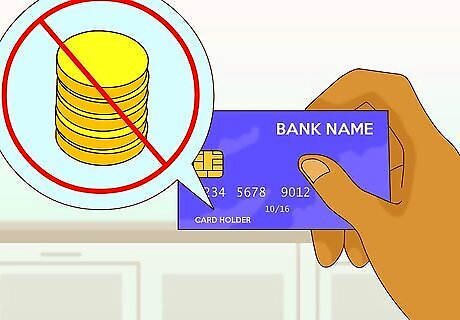
Get a card without fees. If you have a card with fees, you’ll end up paying extra just to use it (and could even end up paying a fee if you don’t use it enough). The type of fee-free card you get depends on your credit score. If your score is above 700, choose the best cash-back credit card — in other words, the card with the lowest interest rate, minimum payment requirements, and no fees. If your score is below 700, you’ll be more limited. Credit cards issued by department stores should be fee-free, so contact a major store (like Target, for instance) for more information about their credit card program.
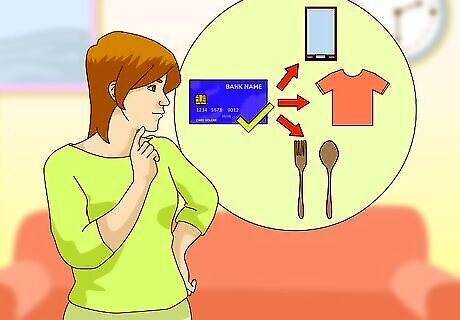
Choose a card that fits your spending style. How you use your credit card (or how you want to use your credit card) should guide your decision process when selecting your new unsecured credit card. There are a dizzying variety of cards available. Think about your spending style and what you usually use your credit cards for to choose the best one for you. If you sometimes have a balance on your secured credit card, try to get a card with a low interest rate and APR. If you travel a lot and have a high (700 or above) credit score, you should get a travel card that rewards you with free air miles when you spend.
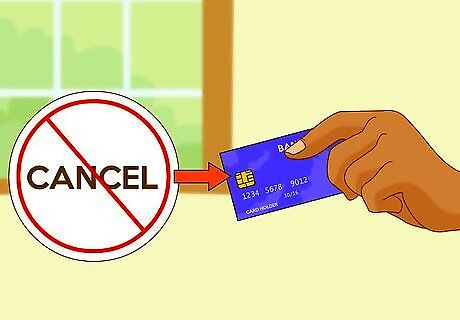
Don’t cancel your secured card right away if you are unable to convert your card. Canceling credit cards hurts your credit score. If you cancel your credit card right before applying for an unsecured card, you might push your credit score down past the point where you’d be eligible to obtain one. Having a long credit history gives the new credit card issuer more data to look at, and makes them feel more comfortable about extending an unsecured card to you. Instead of canceling the card, use it once a month for a small purchase, then pay it off immediately. Talk to the lender about reducing your deposit.
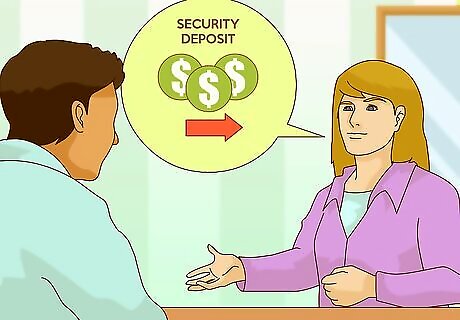
Recover your security deposit. When applying for a secured credit card, you’ll need to provide a security deposit, sometimes up to $10,000. This money backs your credit card and provides you with a maximum credit limit. After upgrading to an unsecured credit card, however, you must be sure to get your security deposit back. Talk to your financial institution or creditor about how to do so. If a bank or credit union issued you your card, they’ll probably deposit the money in your account. If you got the card directly from a credit card company, they’ll probably send you a check, or put the money toward your credit card card. You might get the runaround from your card issuer. Be persistent and insist on getting the deposit back.
Deciding If It’s Time to Change Cards

Look for signs that you’re ready for an unsecured card. If you’re getting credit card offers in the mail, you might be eligible for an unsecured card. You might also be ready for an unsecured card if your card issuer is raising your limits but isn’t asking for more deposits. Finally, the most obvious sign that you’re ready for an unsecured card is being asked by your secured card issuer if you want to transition to an unsecured card.
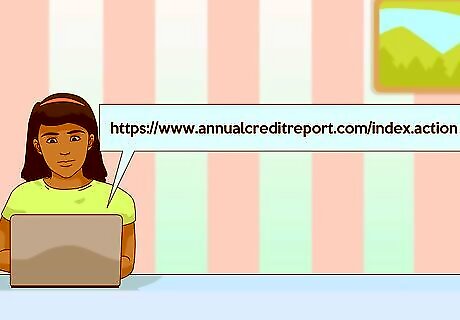
Obtain your free credit reports. If you know your credit score, you’ll have a better sense of whether or not you’ll be approved for an unsecured credit card. This will save both your time and your credit card company’s. You are entitled to three credit reports each year, one from each of the three major credit rating agencies (Equifax, Experian, and TransUnion). Visit https://www.annualcreditreport.com/index.action to access your free credit reports. Normally, to get the best sense of how your credit report is changing over time, you should get one report every four months, so you have an equal amount of space between each report. However, when applying for an unsecured credit card, you should try to see all three credit reports right before applying to ensure they are accurate. The reports may vary slightly in their evaluation of your creditworthiness due to their differing criteria. Most credit card companies will only issue you a credit card if your credit score on all three reports is above 650. Always check your credit report for errors and report them immediately to the credit reporting agency.

Check your FICO score. Your FICO score is the industry standard for measuring how creditworthy someone is. The FICO score, unlike the free credit reports, can only be obtained by paying a $20 fee. With a FICO score of 680 or above, you'll be a shoo-in for an unsecured credit card. You may also want to check your VantageScore as well. This is a credit scoring offered by the three major credit rating agencies and is an alternative to your FICO score. You can check your score for free online through a number of sites, found here: https://www.vantagescore.com/free.
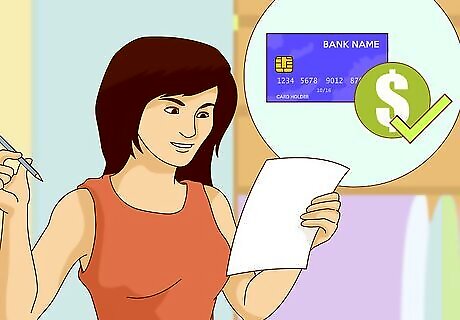
Be patient. You will probably need at least a year of good financial behavior and careful credit-building before you’re able to obtain an unsecured credit card. If your credit was really bad, you might need to wait 18 to 24 months to obtain an unsecured card. Don’t apply for a credit card too soon. If you apply too often or too soon for an unsecured credit card, you’ll hurt your credit score and reduce your chances of switching from a secured to an unsecured card even further.
Building Your Credit for a Card Switch

Buy wisely. Make small purchases. By making only a few small charges on your card, you’ll be able to pay them all off at once and avoid financial burdens. You can also use your credit card to buy things online, make hotel and travel reservations, and make other purchases in which paying cash isn’t an option.
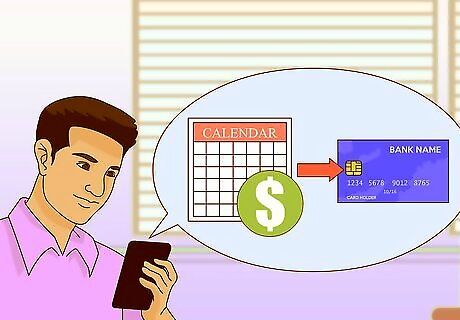
Pay your credit card off promptly each month. To qualify for an unsecured credit card, you’ll need to build credit and prove that you’re financially responsible. Paying your charges off as soon as you can will help make you more trustworthy in the eyes of the lending agency. Use a calendar app or automatic payment plan to ensure that your balance is paid each month. At the very least, pay off the minimum each month if you cannot pay the full amount. Understand the liabilities of secured credit debt. If you have been using your home, a vehicle or any other asset as collateral for a credit card, getting behind on a credit card debt can mean that you actually lose those assets. Most individuals and families can't afford this kind of loss, so make sure you understand what's involved in your existing secured credit loan.
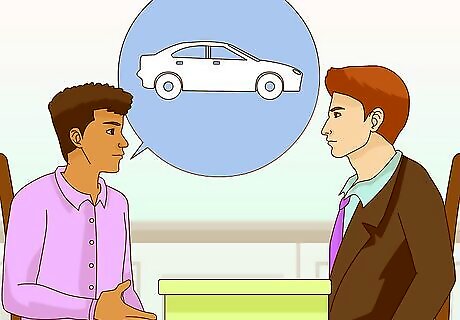
Take out a loan. Taking out a loan can build credit and make you more likely to be approved for an unsecured credit card. Purchasing a new or used car can be an efficient way to establish good credit, though any loan that requires regular payment is likely to boost your credit score (provided you make payments on time). Do not co-sign on a loan with someone who cannot be relied on. If you’re trying to build credit, nothing will hurt your credit more than signing with someone who is unable to back up their part of the loan repayment process. Ensure that bills are mailed to you when you cosign on a loan, so that you know when the person is making payments in a timely manner.
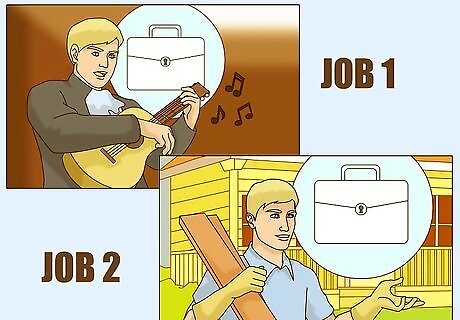
Increase your income. Credit card companies might think that you do not earn enough to afford a credit card. If possible, get a second job, or ask for a raise or promotion at your current job. Look for things around your house that you can sell for extra cash on Craigslist or eBay. Funnel some of your income toward stocks and mutual funds to increase your income.

Don’t change jobs too often. If you’re constantly moving around and seem to live an unstable life, you’re likely to be seen by creditors as a risky investment. More than two or three changes of address or workplace per year are likely to give creditors pause before approving your unsecured line of credit. Try to find a good job and stick with it.



















Comments
0 comment